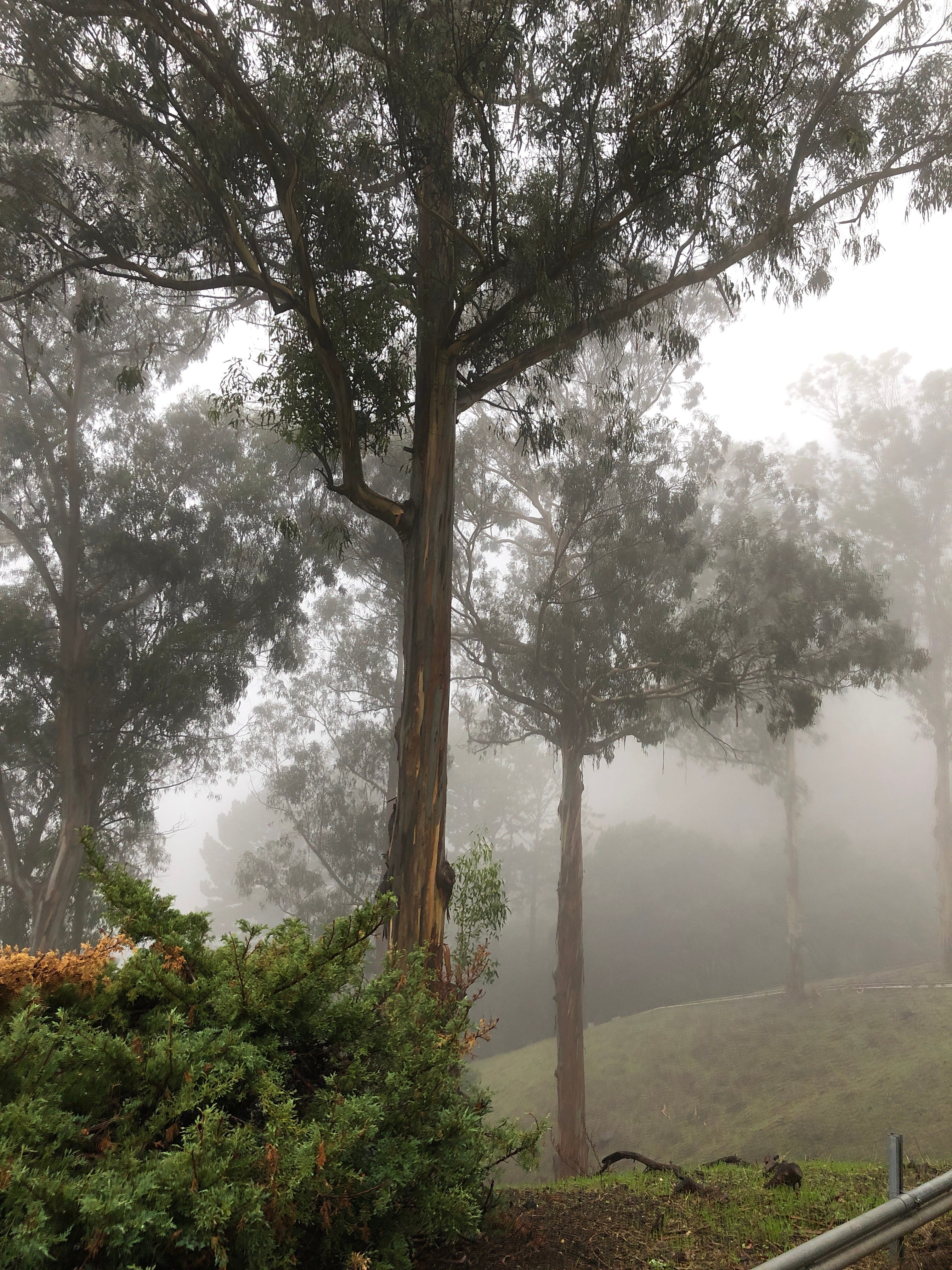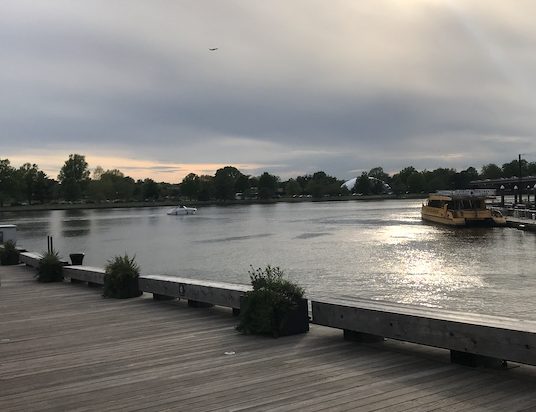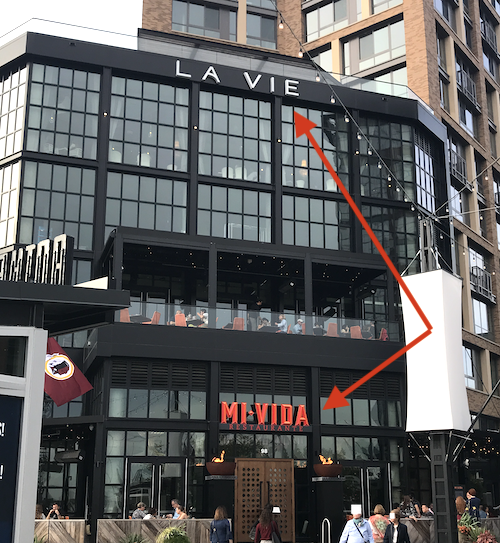It’s About the Light
But You Already Knew That
Photo by the author, ©2019 Karen Fayeth
—
In music, it’s about the beat.
In writing it’s about choice and cadence of words.
In photography, it’s about the light.
“No duh,” you might say, understandably.
No really, it’s about the light.
I think everyone can agree that light hitting the sensor of a camera is how a photograph is born. The beautiful study of how light is captured is what takes an ordinary photograph and makes it something you want to keep looking at.
Lately I have been studying light with more intensity than I ever have before. I will place a subject and look at natural light, overhead florescent, then flashlight on my phone, then a small bright LED panel, a ring flash, a candle, on and on.
The light source used, the angle of the light source, and the intensity of the light all change the outcome, the feel, the meaning of the photo.
Look again at the header photo for this story. I took that photo one week ago today (on 12/12) with an iPhone 8 using the onboard camera app that comes with the phone. I have done no editing of the image, that is straight off the camera. It is the best of the five photos I took at that same time.
I was inspired by the fog lingering in the trees on a rainy day in the Bay Area. I noticed this scene when I stood outside taking a break from work. The time of day was 3:52 pm, which means that the late afternoon winter sun was off to my left making its steady but inevitable descent toward the Golden Gate Bridge.
There is nothing remarkable about the subject, it’s a grove of eucalyptus trees just outside my office door. It’s in portrait mode so I could avoid both the nearby building and industrial pipes on either side of this grove.
The photo is just beautiful, wistful, sentimental. It evokes another time and place, and the reason for that is the light. Golden late day sun muted by thick clouds and fog casts an etherial glow. The play of grays and browns and greens and silver metal all create something worth looking at.
Here is the same shot taken today with broken clouds and sunshine overhead, my angle of focus is a little higher and a little more to the right, and the time is 11:29 am.
Photo by the author, ©2019 Karen Fayeth
Same scene, same setting, slightly different framing, different time of day, different weather conditions, far less interesting.
The sky is blown out, the greens are a little too green, there is a loss of definition of the leaves. I would call it a nice snapshot, but little more. Again, no editing was done to this photo which was again taken with an iPhone 8 and the onboard camera app.
It was the fog, and more importantly, the quality of light through that fog, that made the first photo more interesting. More memorable.
I know, I know, this is Photography 101 level thinking, but it’s also something I will spend the rest of my lifetime studying.
LEDs will never be as pretty as old incandescents. Foggy or overcast will always be better than full sun. Natural light almost always preferable to flash.
Those are the guidelines we all know.
But what about shadows? What about selective highlighting? What about using multiple light sources? How about putting a piece of paper or cloth over a light source? What about, what about, what about? Ah, there’s where the experimentation begins.
And from experimentation comes magic. And a whole lot of “what the heck was I thinking?” shots too.
But let’s focus on the magic.
—
Final note: right after the first photo was taken, I turned around to go back to my desk, mishandled a step, stumbled wildly and dropped my phone where it took a bounce and landed under a raised wooden walkway.
I had to shimmy under the railing to drop down and get my phone, brush the mud off and hike myself back up onto the walkway.
Making art does come at a price. Worth it.









 Photo by the author,
Photo by the author, 


